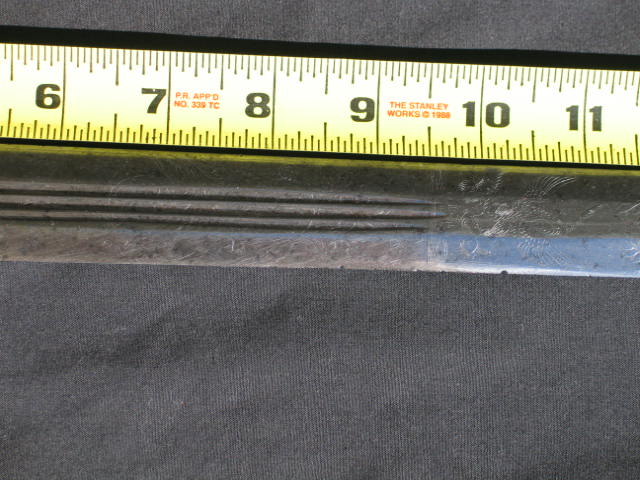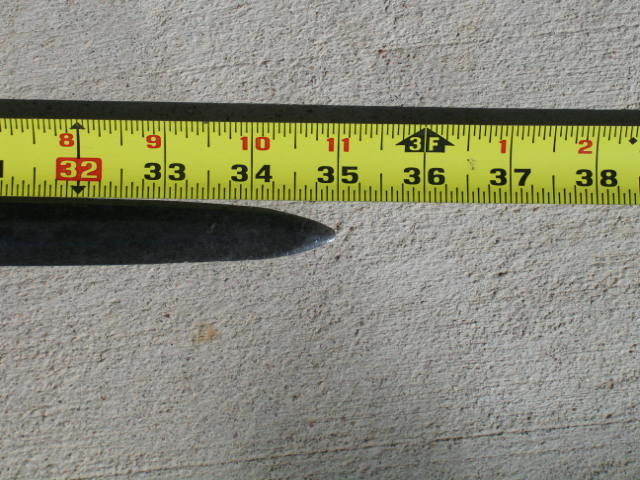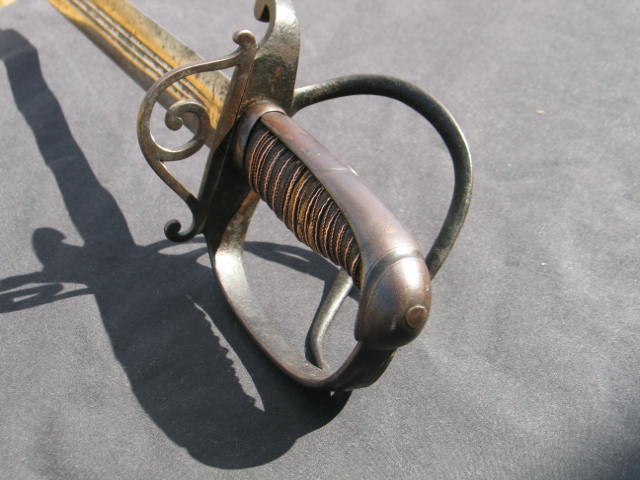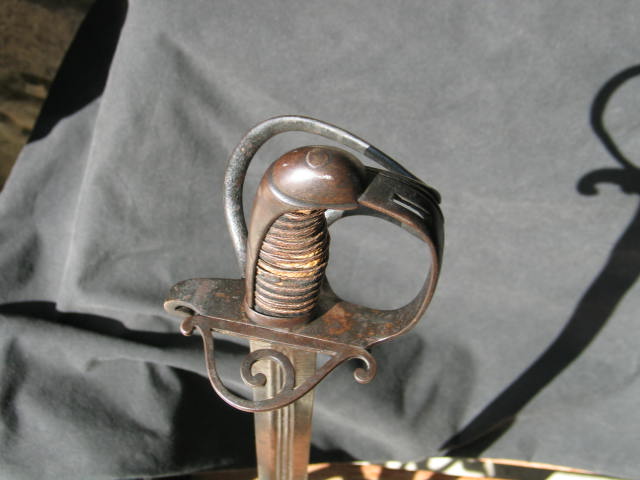Posts: 11,553 Location: San Francisco
Wed 18 Oct, 2006 9:33 pm
Matt, please preview your posts before you send them. You're not using the codes very well and they're coming off formatted badly, especially the quoted text. I've corrected many of them for you, but I'm done doing that because it's too much work. Your tags all need an opening tag and a closing tag. Please look at our
BBCODE FAQ for help.
Additionally, after reading this topic and the several others you've posted here and on other sites about your sword, I'd like to make a comment that your methodology surrounding your quest for info on your sword seems misguided to me. It seems that you already have a few ideas of what you want this sword to be and you're trying to find evidence for it to fit within those preconceived notions. Many of the things that have been told to you have been disregarded. Further, you're looking at specifics attributes of your sword and trying to apply them to antique examples in an attempt to justify calling your sword such a thing. The fact is that later swords borrow characteristics from older swords, despite having absolutely no direct connection to them.
A triple-fullered 1780
schiavona, for example, has nothing to do with a triple-fullered
Oakeshott Ttype XIV sword from centuries early, despite the fact that they share the common traits of having three fullers, a grip, a cross-guard, and a blade. What you need to do is find your sword documented and stop looking at each trait independently and attempting to connect the dots. You could play that game forever and it would lead to 100s of candidates for your sword. In the end, you'd be no closer to your answer than you are now.
You've been given many suggestions as to the era of your sword. I now respectfully suggest you invest in
books or a professional appraising service to find your answers.





